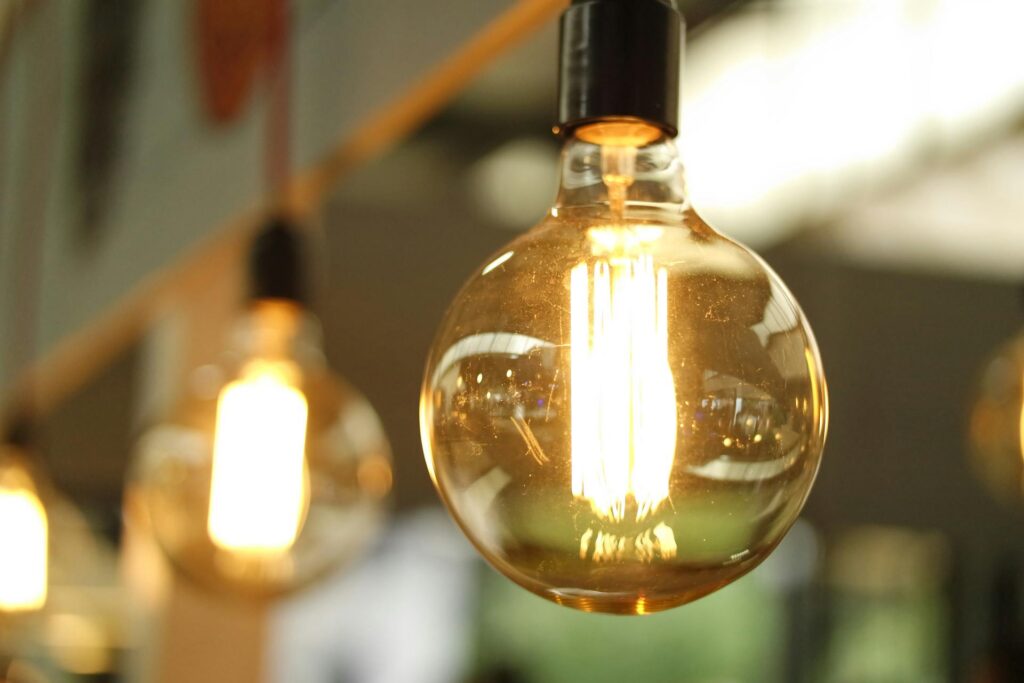When it comes to building or renovating a home or commercial space, saving energy is always a top priority. One of the smartest ways to achieve this is through high-performance cladding. Beyond giving buildings a polished look, cladding plays a powerful role in reducing energy costs, especially when chosen wisely.
This article explains how cladding works behind the scenes to make your spaces more comfortable and efficient throughout the year.
How Architectural Cladding Helps Save Energy
The right exterior cladding systems have the power to transform how your home handles heat, cold, and moisture. These systems add an extra layer to your building’s shell, enhancing insulation and maintaining stable indoor temperatures. Less heat escapes in winter and less heat enters in summer, meaning your HVAC system doesn’t have to work as hard.
As a result, your energy bills decrease, and your home feels consistently comfortable. With advanced options on the market, homeowners and builders are focusing on materials that protect and perform. From residential homes to large-scale buildings, Wall cladding solutions are proving they’re more than just skin deep.
Improved Thermal Insulation All Year Round
Cladding materials act like a cozy blanket for your building. They help slow down the transfer of heat between the inside and outside, keeping interiors warm during chilly winters and cool during scorching summers. This consistent internal temperature reduces the reliance on heating and air conditioning.
If you live in a place with long winters or blazing heatwaves, effective cladding works quietly in the background. The added thermal layer results in fewer temperature spikes indoors, leading to more efficient energy usage. It’s a long-term solution that delivers savings month after month.
Reduced Air Leakage and Better Moisture Control
Energy loss doesn’t just happen through your windows and doors. Air leaks and trapped moisture inside the walls can also affect a home’s energy efficiency. Cladding helps seal the structure, reducing those small but significant escapes of warm or cool air. This keeps indoor air where it belongs.
At the same time, proper cladding prevents moisture from sneaking in, which helps avoid issues like mold or insulation breakdown. When your building’s shell stays dry, its insulation performs better and lasts longer. All of this leads to better energy use over time and less stress on your home’s systems.
Lower Energy Bills and Higher Savings
This is where the numbers shine. When a building holds its temperature better, heating and cooling systems don’t have to run nonstop. That translates directly into monthly savings. Over a year, or ten, you’re looking at significant drops in utility bills.
Those energy savings can eventually help pay for the cost of the cladding itself. You invest once, and it continues to return value every single month. With energy costs rising steadily, anything that locks in savings is a smart move for both homeowners and property developers.
Sustainable Choices That Support the Planet
Energy efficiency and sustainability are closely linked. Many cladding materials today are made from eco-friendly sources or are fully recyclable. When buildings need less energy to run, they also produce fewer emissions, which supports cleaner air and healthier communities.
Beyond just saving money, choosing modern cladding is a small way to make a big difference for the planet. And because exterior cladding systems are built to last, you’re also reducing waste and maintenance in the long term. In short, it’s a win for both your wallet and the environment.
Adding cladding isn’t just about looks; it’s about smart, sustainable building choices that last. With the right materials and setup, exterior cladding can help reduce your energy costs, minimize waste, and make your home or building more comfortable. With solutions tailored to various climates and styles, it’s easier than ever to find one that perfectly fits your space.

